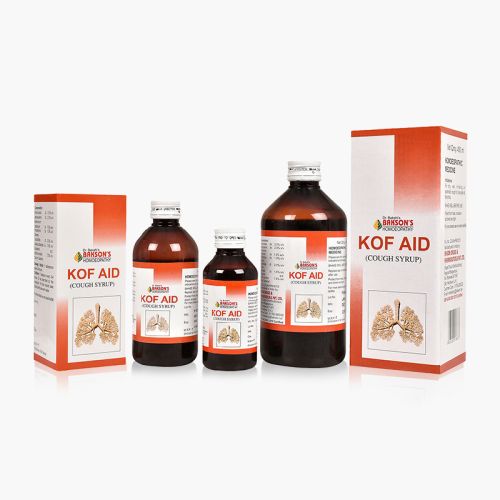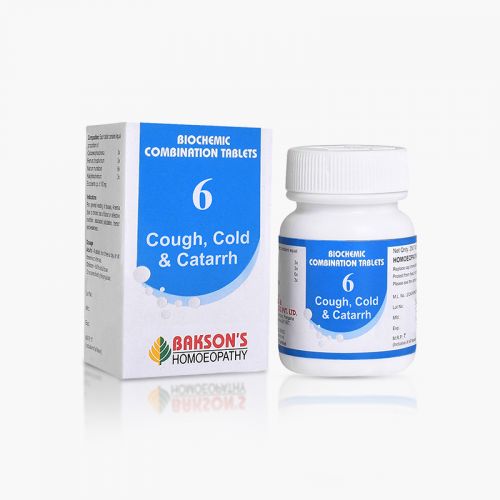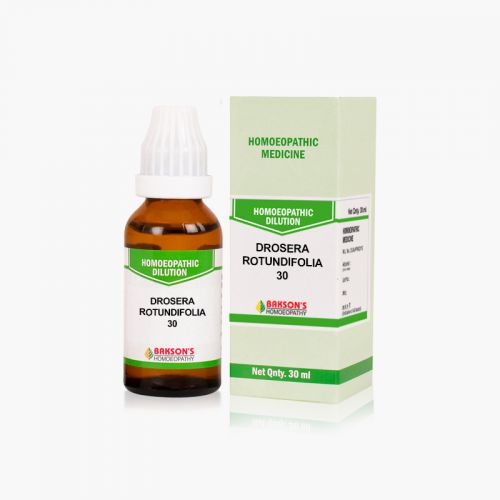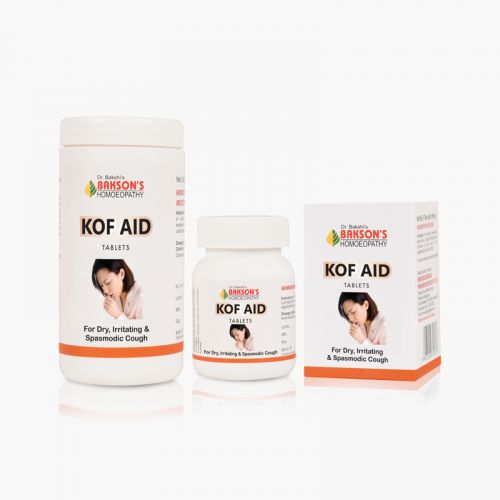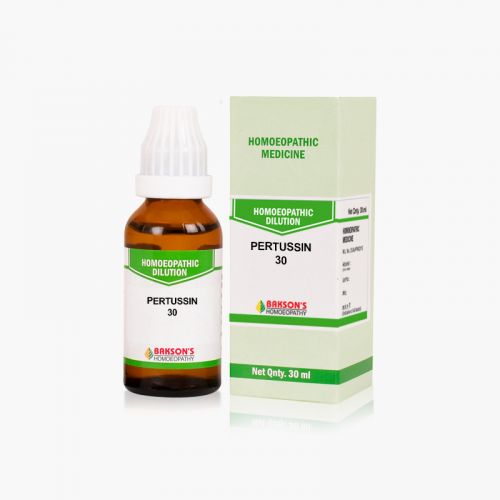We use cookies to make your experience better. To comply with the new e-Privacy directive, we need to ask for your consent to set the cookies. Learn more.
What is Whooping Cough?
Whooping cough also known by the name of pertussis, "the cough of 100 days" is a serious illness caused by Bordetella pertussis. The disease was first described in 1906.
The organism is a gram-negative coccobacillus that lodges in the ciliated respiratory epithelial cells. This leads to some inflammatory changes in the mucosal lining of the respiratory tract and the toxins released act locally and systemically. The organism is never found in the blood cultures.
Pertussis largely remains a paediatric disease, with 38% of cases occurring in infants younger than 6 months, and 71% of cases occurring in children younger than 5 years, adolescents and adults can also contract the disease.
Aetiology
The causative organisms of pertussis are Bordetella pertussis and Bordetella parapertussis. The infection is airborne and spreads through droplets. The organism is highly contagious with the majority of cases occurring during summer. Risk factors include-
- Pregnancy
- Epidemic exposure
- Lack of immunization
- Close contact with an infected individual
Sign and symptoms
The incubation period is 1 to 3 weeks. Symptoms manifest in three stages-
- Catarrhal phase: The picture is similar to the other upper respiratory tract infections, with fever, fatigue, rhinorrhoea, and conjunctival injection. This is the most infectious stage of the disease.
- Paroxysmal phase: It follows the catarrhal phase and is characterised by paroxysms of a staccato cough and resolution of fever. The patient coughs repeatedly, followed by forceful inspiration which creates the characteristic "whoop" Immediately following a paroxysm, patients may develop post-tussive vomiting, syncope, or apnoea.
- Convalescent phase: The residual cough persists for weeks to months, usually triggered by exposure to another upper respiratory infection or irritant.
On physical examination, breath sounds are variable. Auscultation may reveal clear lungs or rhonchi. The inspiratory whoop or gasp is usually heard in children in between 6 months to 5 years.
Diagnosis
Nasopharyngeal culture and PCR can confirm the diagnosis. Lymphocytosis may be found during the late catarrhal and early paroxysmal phase. Chest X ray may show peri bronchial thickening, atelectasis, or infiltrate. The classic association, though not often seen, is a "shaggy" right heart border.
General management
Strict isolation is important while the patient remains infectious. Pertussis is contagious throughout the catarrhal phase and for 3 weeks after the onset of the paroxysmal phase. The treatment is supportive mainly, including oxygen, suctioning, hydration and avoidance of respiratory irritants. Appropriate pharmacological intervention is mandatory.
Warning: Above information provided is an overview of the disease, we strongly recommend a doctor's consultation to prevent further advancement of disease and/or development of complications.
Disclaimer: The information provided herein on request, is not to be taken as a replacement for medical advice or diagnosis or treatment of any medical condition. DO NOT SELF MEDICATE. PLEASE CONSULT YOUR PHYSICIAN FOR PROPER DIAGNOSIS AND PRESCRIPTION.
- BAKSON #B 33 DROPSSpecial Price ₹ 170.00 Regular Price ₹ 200.00
-
-
- BCT # 6 (COUGH, COLD & CATARRH) -250TABSpecial Price ₹ 84.00 Regular Price ₹ 105.00
- CUPRUM METALLICUM 30₹ 100.00
- DROSERA ROTUNDIFOLIA 30₹ 100.00
-
-
- KOF AID TABLETS -75TABS (N)Special Price ₹ 172.00 Regular Price ₹ 215.00
- PERTUSSIN 30₹ 100.00





